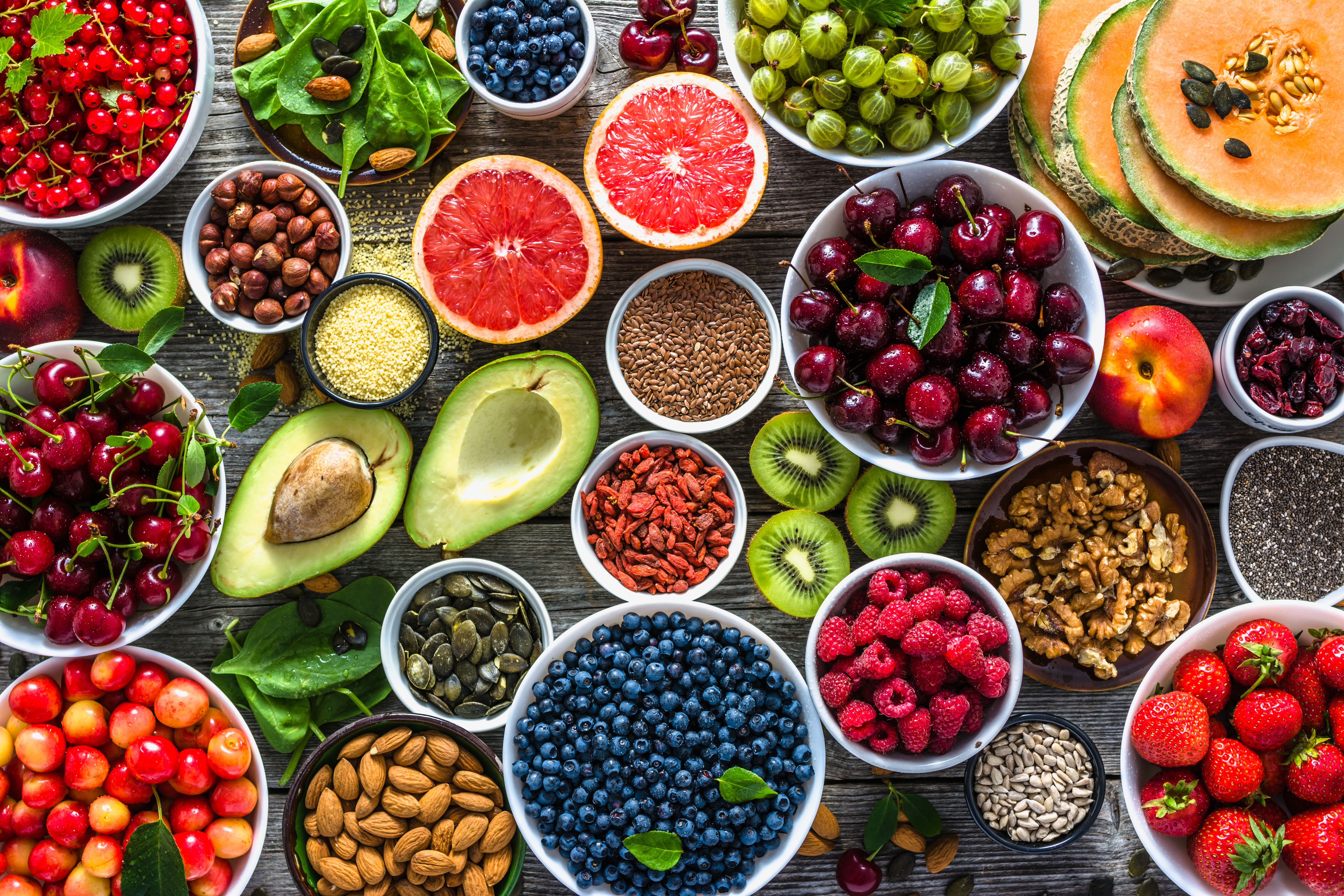News
Article
Food Programs in Elementary Schools Can Influence Healthy Eating Behaviors in Children, Carrying into Adulthood
Author(s):
At a young age, hands-on learning about nutrition can promote long-term appreciation of fresh food and food experiences.
Experiential food education programs that encourage healthy eating at a young age can influence better food decisions as children get older, according to findings from a study in the Journal of Nutrition Education and Behavior. The FRESHFARM FoodPrints food education program was shown to have 3 categories of impact—immediate, beyond the classroom, and sustained.1
“I think that that same excitement and joy that came from FoodPrints kind of has carried over into the way that I'm able to enjoy cooking now,” an alumni participant told the investigators. “…prepping a meal, chopping up vegetables, those basic things, learning those skills at early age and making it fun and interesting.”2
Image credit: alicja neumiler | stock.adobe.com

Today, American school-age children do not have an adequate quantity of fruits and vegetables in their diet, and this age group also exhibits excessive consumptions of sugar, salt, and saturated fat. These eating patterns may contribute to rising childhood obesity, which is associated with comorbidities now and into the future. Experiential food education programs like FRESHFARM FoodPrints were created to reverse these negative health trends and improve healthy eating in children. The programs educate children through activities like cooking or gardening.2
These programs have shown success in providing nutrition education and increasing fruit and vegetable consumption, but “little is known about the enduring impact through childhood and into adulthood," said lead study author Christine St. Pierre, MPH, RD, a professor in the Department of Exercise and Nutrition Sciences at the Milken Institute School of Public Health, George Washington University, in the press release.”1
This study aims to look at the impact of the program on the eating habits of current participants and alumni participants, and it evaluated emergent themes and their durability between adolescence and young adulthood. Current program participants and previous participants who have aged out of the program discussed the program in focus groups, where they answered questions about their experience in the program, food environment, and current nutrition behaviors.2
There were 3 themes that emerged about the impact of the program, the first being immediate impact. Participants, both past and present, said that the program immediately increased enjoyment of experiences with food. It also improved their connection with the food production process and others, and improved the hands-on learning of food skills.1
Beyond the classroom, the program changed how individuals and families made food choices. It also increased student involvement in household food practices and their desire for fresh food options in the school setting. Sustained impacts included having an appreciation for fresh food, being open to trying new foods, and feeling confidence in their knowledge to make informed food decisions.1,2
There are some limitations to this qualitative study. First, students might have only shared the positives associated with the program because of social desirability bias. In addition, the chosen alumni were not representative of the entire alum, they were more susceptible to recall bias, and they did not reflect the diversity of the wider population of participants, past and present.2
St. Pierre concludes, "While we recognize the demands on education resources and the precious time of teachers, findings in this study suggest that investment in experiential food education in elementary school can provide an important contribution to the continuation of healthy dietary behaviors as children grow up.”1
References
1. Participants in school-based gardening and food programs benefit from lasting impacts on dietary behaviors. Elsevier. News Release. January 8, 2024. Accessed on January 10, 2024. https://www.eurekalert.org/news-releases/1030559
2. St. Pierre C, Sokalsky A, Macheck JM. Participant Perspectives on the Impact of a School-Based, Experiential Food Education Program Across Childhood, Adolescence, and Young Adulthood. Journal of Nutrition Education and Behavior. 2023; DOI: 10.1016/j.jneb.2023.10.012





